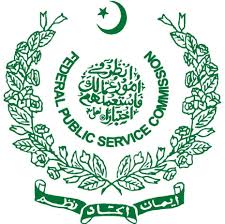- +92 304 3406041
- info@onlineexam.pk
- GHULAM NABI
Online exams and learning provide a flexible, accessible way to gain knowledge and assess progress. Effective preparation includes regular study, time management, and practicing with online quizzes or mock tests. With the right tools and focus, students can succeed in a digital learning environment.
Let’s light up the path to success together.
آئیے مل کر کامیابی کی راہیں روشن کریں۔
©2025. Online Exam. All Rights Reserved.










